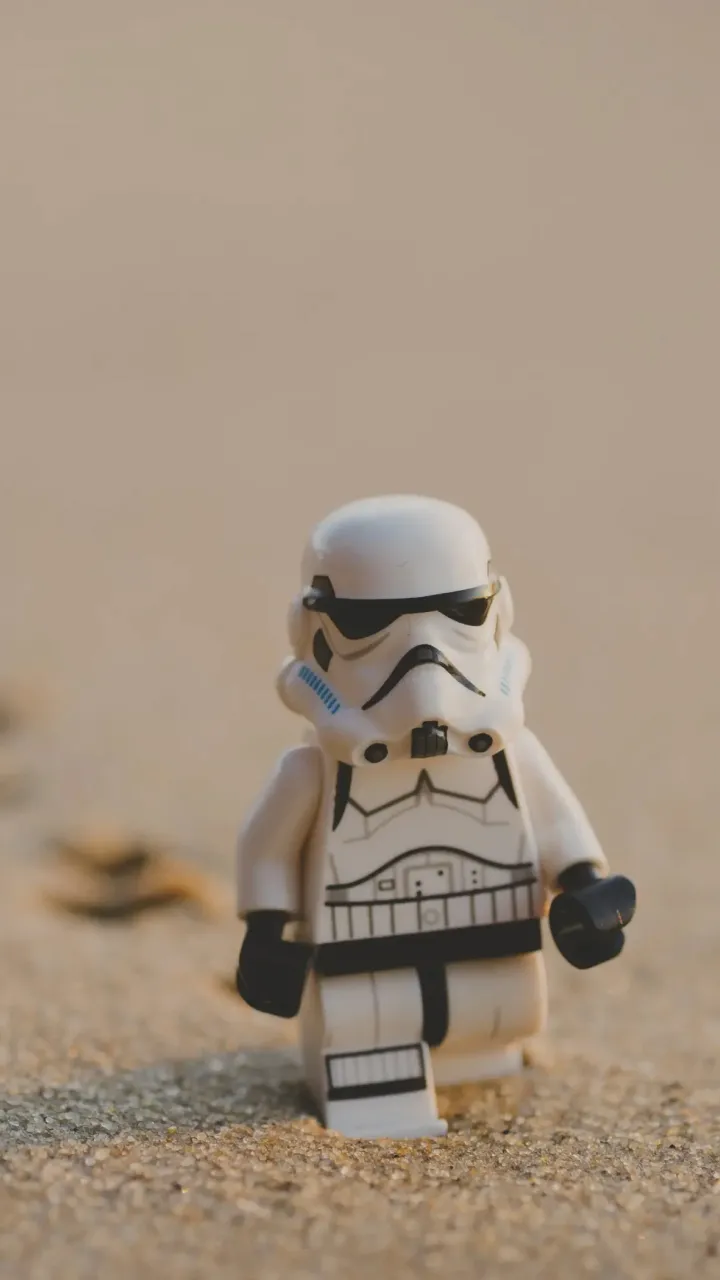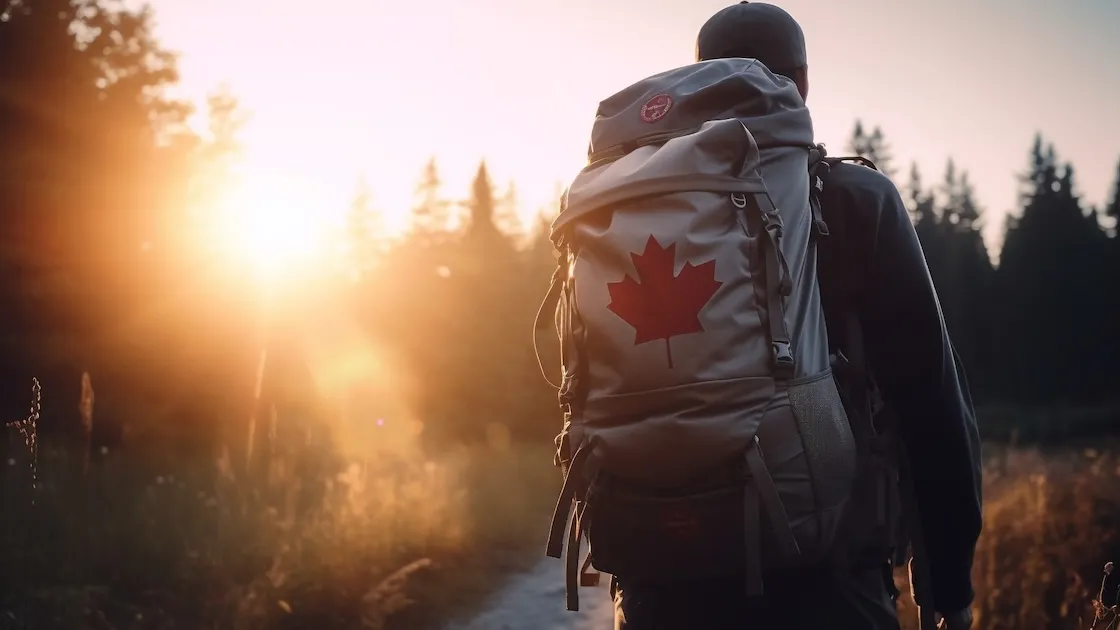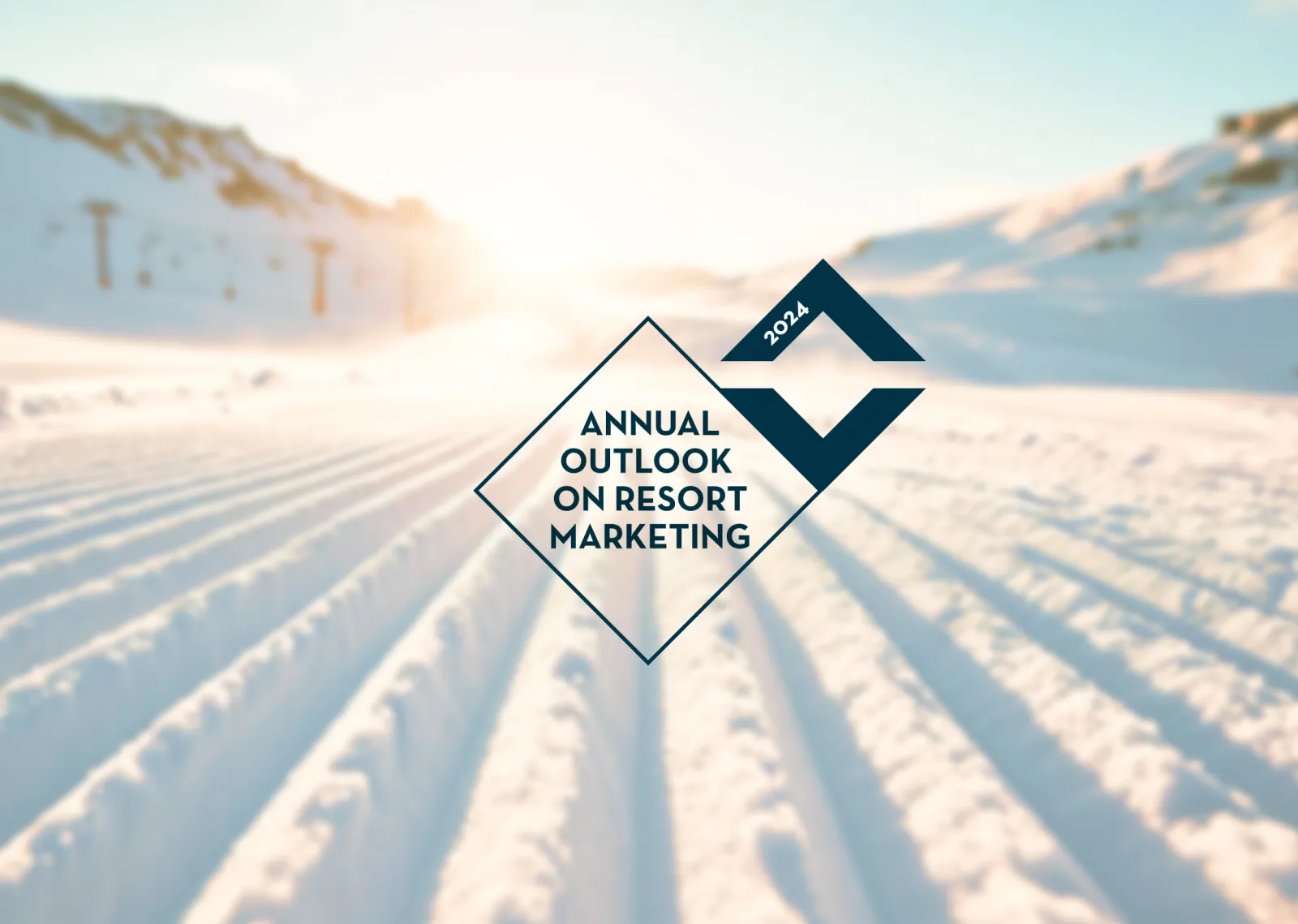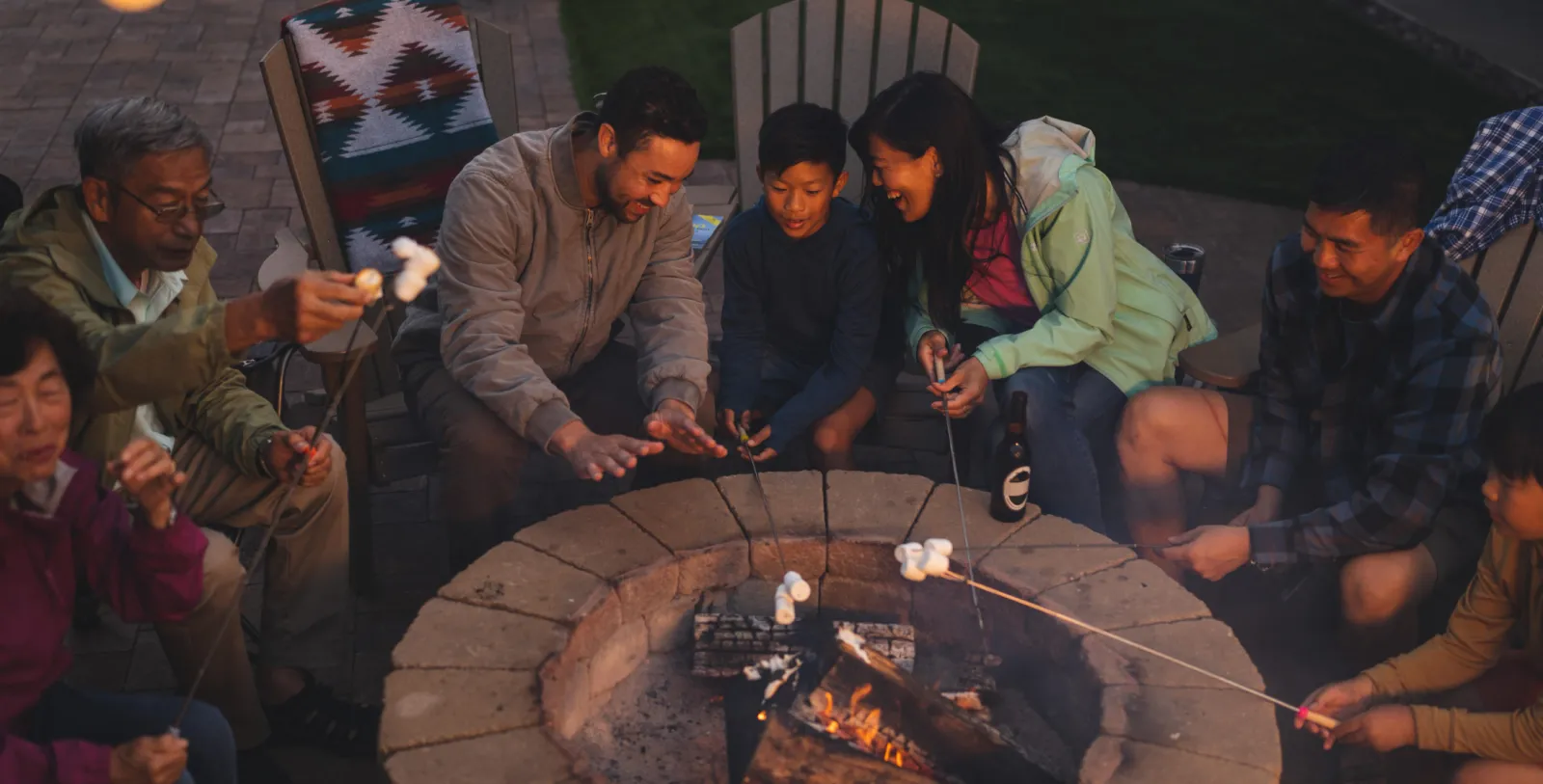The rise of the micro-micro influencer
Facebook recently made a large announcement regarding the re-prioritization of its algorithm to focus on serving your feed with what you are most interested in: your friends, family, and groups. The other side effect of this is that businesses who have traditionally seen success with both paid and organic social marketing will face some serious changes as well.
There are a few knowns with these new algorithm changes:
-
The prioritization of content will further hide brand content that is not boosted, and prioritize the content of the individual over that of brands.
-
Traditional social advertising costs will increase, as more brands are fighting for a piece of your attention through available advertising space.
-
Businesses are going to have to work harder than ever to gain their customer’s attention on Facebook’s platforms.
-
The changes are coming to Facebook first, to be followed shortly by Instagram.
The big question: Is an influencer a person, or a business?
With this new format of dealing with the distribution of content within our social feeds, many predictions are pointing to influencer marketing as the answer. Take the voice of your brand, and spread that word through individuals with large followings. But that raises a real question… Are influencers people, or are they businesses?
Take Chris Burkard, for example. An incredible photographer, and one of the most popular influencers to the outdoor industry. At the time this article is being written, he has 2.9 million highly engaged Instagram followers. Burkhard’s follower numbers eclipse those of nearly every brand in the outdoor industry, and his following is no doubt a loyal one. I doubt that there is a single brand who wouldn’t work with him if given the chance.
But, Chris, along with all other influencers, have little to differentiate themselves from the brands they represent when looked at by a big supercomputer from California. On top of being an influencer “business”, they also represent their own businesses of Photography, design, painting, etc… So in theory, these influencers will be subject to the same limitations and changes discussed above.
How do we guard against the potential downfall of major influencers in the outdoor industry?
Running paid social media campaigns is not going anywhere soon. The brands that are still willing to pay to get their content out through both their own brand platforms as well as those of their influencers will likely see a drop in how far their dollar goes, but will still see similar numbers in reach.
For those who have succeeded to date by relying on organic content and the reach of influencers, there will likely be a major change in traditional strategies.
At the start of the influencer movement, brands were all clambering to work with those influencers with large followings. The criteria for influencers was simple: do they align with your brand in some way, and do they have a large number of followers. As influencer marketing has matured, the criteria has evolved to become more about the micro-influencer. Sure, big brands still have the ability to work with the biggest influencers in the game, but for many brands in the outdoor industry, that is just not a realistic proposition. The idea behind the micro-influencer was to engage a large number of influencers with smaller followings, to spread your brand messages to their circles of people. Essentially hitting a smaller audience more times. Unfortunately, micro influencers will be treated much the same as the bigger influencers as they are still photographers, adventurers, and influencers with business accounts.
Enter the micro-micro influencer - Your customers, with the power to influence their friends, family, and groups. The focus of brands relying purely on organic content will become less about trying to create the next viral masterpiece and instead, focus more on how to leverage your customers to spread the word about your brand. That’s right. social media has come full circle.
How do you engage your customers to spread the word about your brand.
-
Consider small calls to action to encourage your customers to share their experiences with your brand on their social channels.
-
Consider small paid campaigns with the goal of encouraging your customers to share reviews, product insights, and referrals.
-
Engage in proper community management to get your community talking about your brand.
The changes to the Facebook algorithm shouldn’t scare any modern marketer - in fact, with some carefully planned strategy, social media can still be one of the most effective channels to reach your customers.






